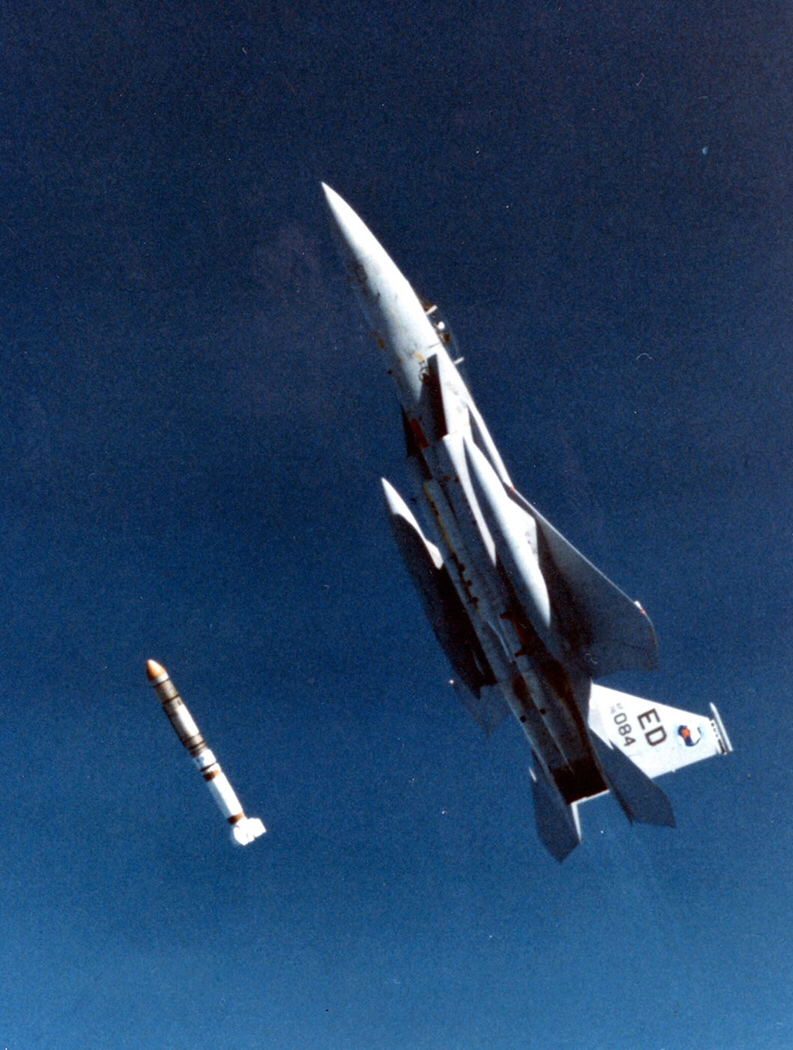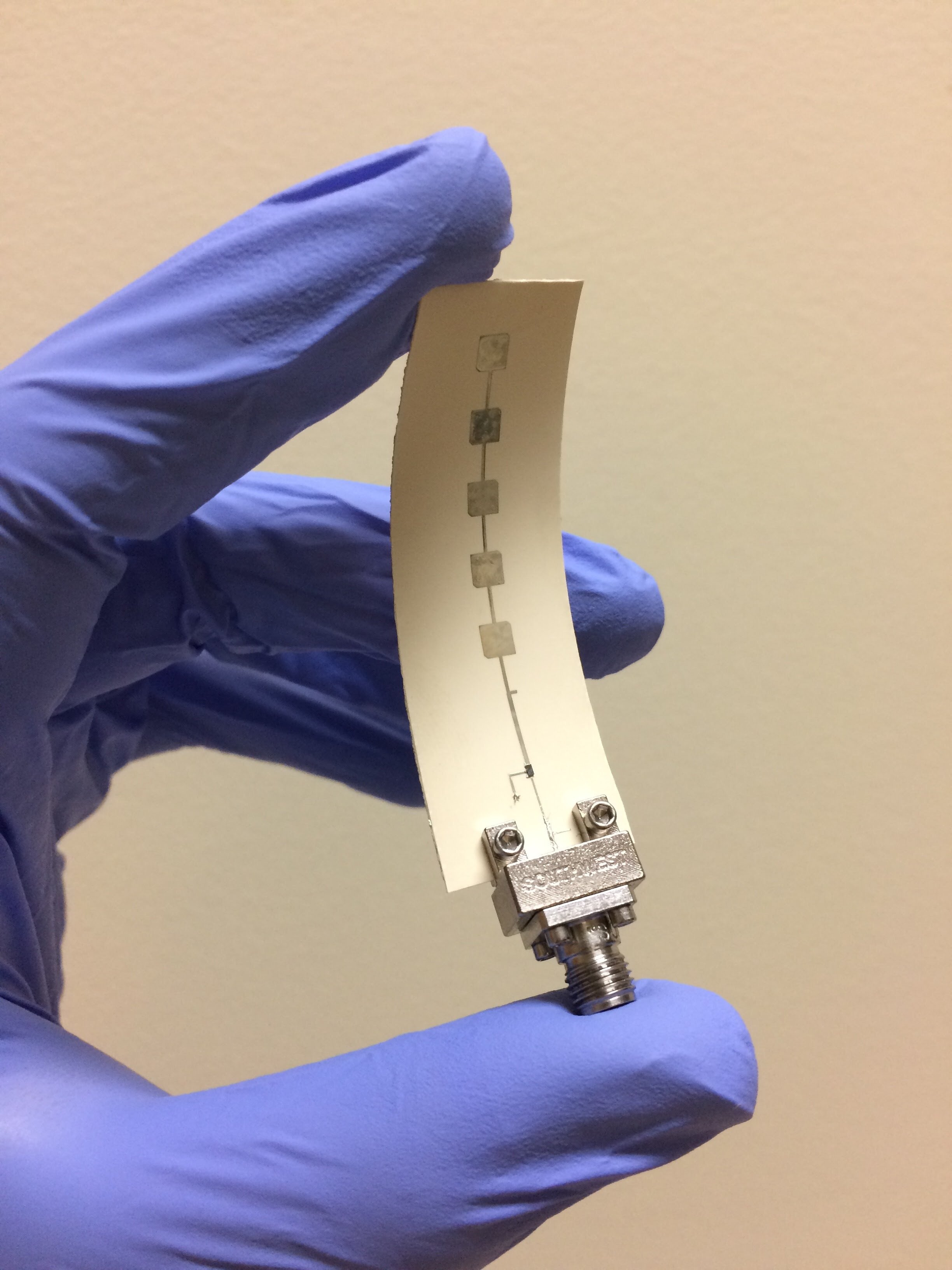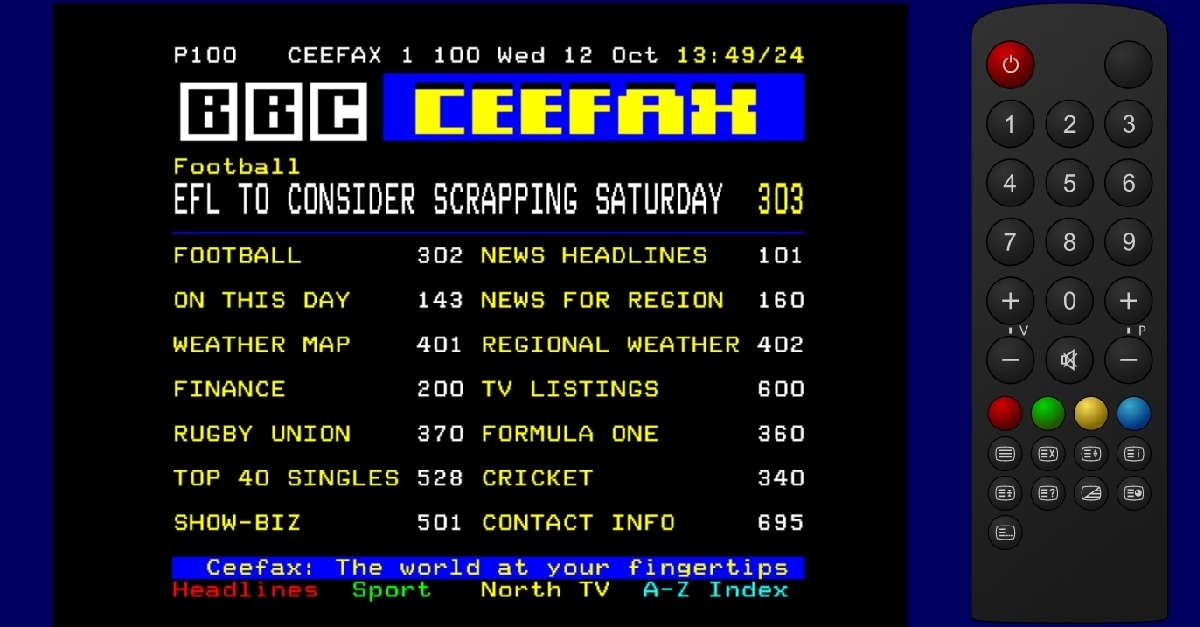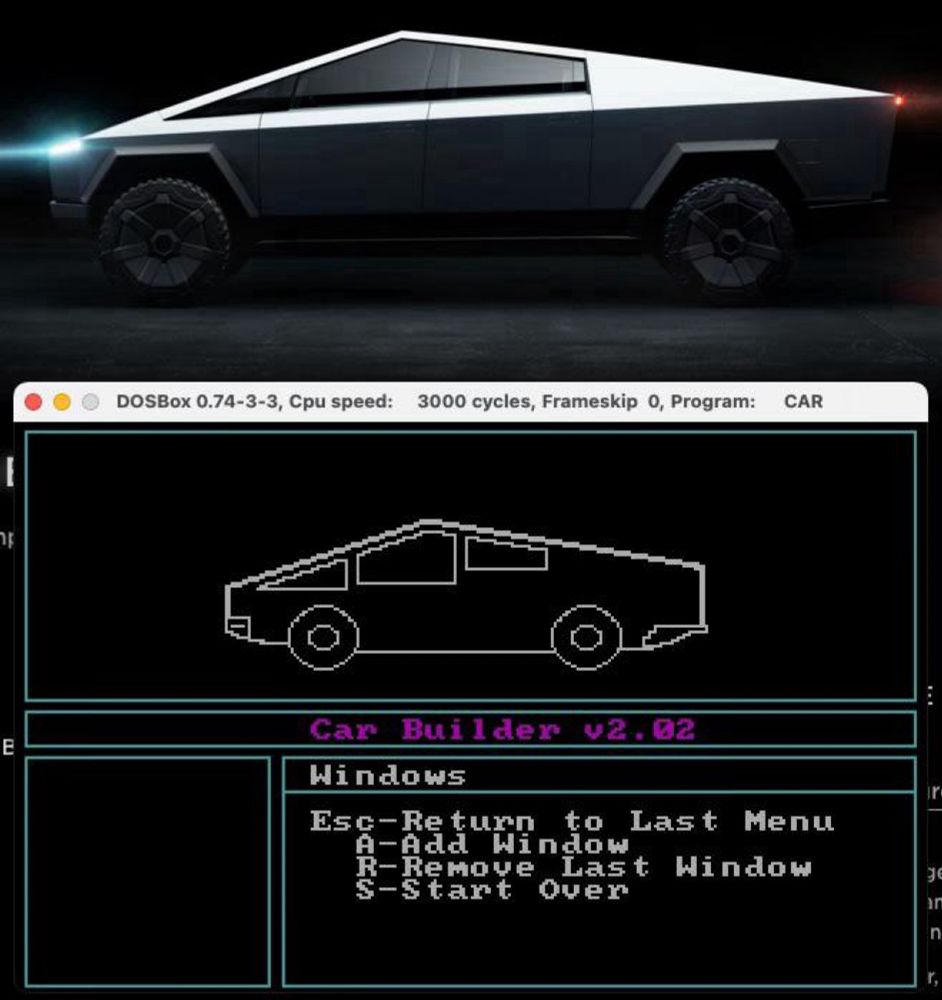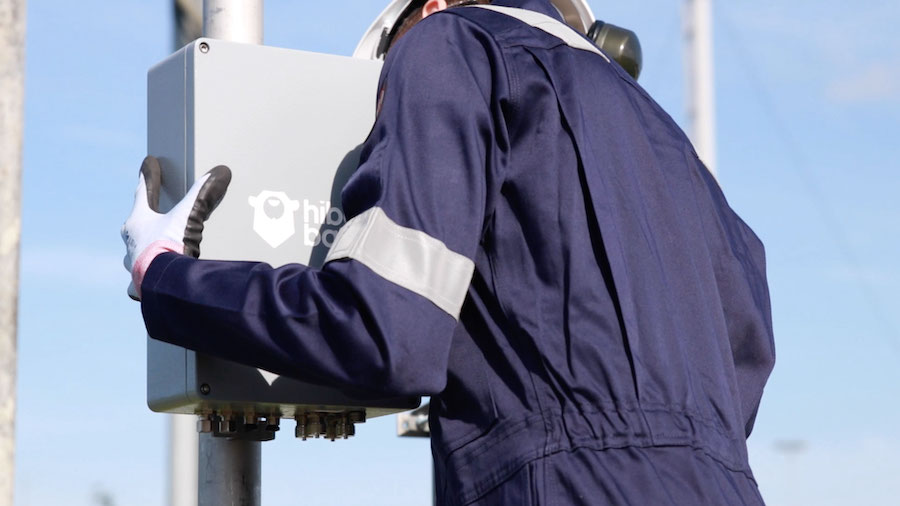
Satellite IoT dreams are crashing into reality
Several IoT startups that have built business plans around combined terrestrial and satellite networks have given up on the satellite portion of their dreams. Most recently, Hiber, a European satellite IoT provider, said this week that it will partner with Inmarsat’s new Elera network for the space-based portion of its network, using LoRaWAN for the rest.
Last month, Hiber filed with the FCC to drop plans to launch its own constellation. Meanwhile, Myriota, another startup, has partnered with a company called Spire rather than launch its own birds. We also saw Swarm agree to be acquired by SpaceX after proving out its business model and launching 120 small sats.
What on earth is going on with this space? I reached out to Tim Farrar, an analyst who covers the satellite industry, for his insights. Y’all may remember Farrar, who is the president of TMF Associates, from a bearish interview he gave on the podcast back in August 2019, when he warned that the economics of providing low-cost connectivity for IoT devices and the costs of operating a satellite network were out of whack.
Indeed, that’s what’s driving companies such as Myriota and Hiber to change their plans, and is what’s behind the acquisition of Swarm. Even with smaller satellites, building a profitable wireless network is hard. On one side, there’s a capital-intensive phase that requires establishing connectivity (in this case, by building and launching satellites) and on the other, these companies must establish a market for the connectivity.




